by Rabbi Yair Hoffman for 5TJT.com
It seems that there are a lot of people that are at a bit of a loss as to what Simchas Torah is all about. Hopefully, this overview will help fill that gap. We begin.
EARLIEST SOURCES
Everyone, of course, should note that while in Eretz Yisrael Simchas Torah and Shmini Atzeres are celebrated on the same day, in chutz laAretz, Simchas Torah is on the second day of Yom Tov. It can only fall on a Sunday, Tuesday, Wednesday or Friday.
The Gemorah itself has very little about Simchas Torah, and even its very name is not used. We only find mention (Megillah 31a) that on this day we read the Parsha of v’Zos HaBracha. Rishonim explain, however, that there was an enactment to complete the Torah on this day.
We do find mention of Simchas Torah in the Zohar of Rabbi Shimon Bar Yochai (Pinchas 256b). It also states that we crown the Sefer Torah with her crown.
The next mention of Simchas Torah is found in the works of the Geonim (Ritz Gias end of Hilchos Lulav, the Siddur of Rav Saadya Gaon, and a response of Rav Hai Gaon (cited by the Rashba #260). The Rishonim discuss it as well.
WHY IS IT CALLED SIMCHAS TORAH?
The Tur (Siman 669) explains that it is called SImchas Torah because this is the day that the Torah is completed and it is proper to rejoice when we complete it.
The Mateh Moshe (Siman 976) provides a different explanation: When Klal Yisroel learned the Torah the accusing Satan said before Hashem: They learn it, but they never finish it. When the finished it Hashem said, See they have completed it. The Satan responded, “Yes but they do not begin it again. When they started again the Satan had nothing further to say. Since the accuser is silenced it is called, “Simchas Torah.” As pointed out by the Sefer Minhagim of Worms – Hashem Himself became our defense attorney. This is certainly a day to call Simchas Torah.
ORIGINS
Rav Yoseph Karo traces the idea of Simchas Torah to a Midrash in Shir HaShirim (1:9): And Jerusalem came and stood before Hashem.. And he made a feast for all His servants. Said Rabbi Yitzchok – from here we learn to make a feast-celebration for the conclusion of the Torah.
The Abarbanel (Parshas VaYelech) writes that Simchas Torah is the last vestige of the Mitzvah of Hakel that we celebrated every seven years. He writes that the Gadol of the Kehilah receives Chassan Torah because he is compared to the king who read from the Torah during Hakhel.
The Seforno in Parshas Emor (Vayikra 23:36) explains that since Shmini Atzeres is the day that Hashem says, “Son, stay with Me one more day,” this is a special time in which to come closer with the Creator. This is why Chazal set Simchas Torah on Shmini Atzeres – for it is through Torah that we may cleave to Hashem.
SPECIAL CHARACTER OF THE DAY
Rabbeinu Bachya in his Kad HaKemach (Atzeres) explains that this day of Simchas Torah is likened to the day of Matan Torah itself.
The Yesod v’Shoresh haAvodah states that whomsoever is careful to rejoice on Simchas Torah is assured that Torah shall never cease from his descendants. This is a remarkable thing to keep in mind. However, the Simcha should be a true expression of Torah joy and not be an expression, Heaven forbid, of drunken activity. There is an age-old Yiddish expression that our Bubbies and Zeidy’s used to express that such behavior is decidedly not of Jewish practice.
At Maariv the custom is to recite special Psukim. This is found in the Rishonim as well. It is interesting to note that Rabbi Akiva Eiger writes in a letter (Igros Rabbi Akiva Eiger #129) that the Pasuk Atta Horaisa LaDaas should be given to someone whose main occupation is Torah study. This is kavod HaTorah and doing otherwise is a Bizayon HaTorah.
Many have the minhag to recite the Borchu of Maariv in the Nigun of Yomim Noraim and NOT that of Yom Tov. We see from all this that there is in fact a happy and somber tone to SImchas Torah – it should not be an atmosphere of drunkenness and excess.
The Shliach Tzibbur then takes the Sefer Torah in hand and declares: Please Hashem save us.” This is mentioned in the Maharil and Levush (Siman 669) . This is a serious plea, and not merely something that is sung without meaning.
Because of the special Mitzvah of Simcha on this day, Yiskor is actually moved up to the previous day of Shmini Atzeres in order to better enjoy the Simcha of the day. Generally speaking Yiskor is recited on the last day of a Yom Tov.
By the same token, we change the Birchas Kohanim to Shacharis instead of Mussaf because the excess Simcha that is in the hakafos are not in line with how the Birchas Johanim should be recited. For those shuls that daven Mussaf before the hakafos the Birkas Kohanim remains at Mussaf.
TORAH SHOULD BE LEARNED AS WELL
Generally speaking, Yom Tov should be divided as Chatzi lachem v’chatzi lashem – half to you, in festive eating and drinking and half to Hashem in learning Torah.
Rav Shach zt”l expressed his concern that Simchas Torah has, unfortunately devolved into excessive merrymaking, when in fact, it is a day of complete holiness and Simcha involving Torah. He emphasized that the celebration should be with Torah and its study as well. Rav Shach thus urged everyone to also engage in Torah study on this day as well.
WHAT IS WITH THE FLAGS?
Contrary to a theory once espoused by Mr. Larry Gordon, owner of the Five Towns Jewish Times, the custom of the flags date much before the 1940’s and are not the result of a vast Zionist conspiracy to include flags, especially Israeli flags, into the customs and rituals in shuls across the world. The flags are, in fact, an ancient minhag in Klal Yisroel too, believe it or not. Sorry Mr. Gordon. The Aruch HaShulchan explains that the Minhag is to show all the children that we proudly bear the symbol of Torah as we walk in the ways that Hashem has commanded us.
HAKAFOS
There are two sets of Hakafos – those at night and those in the day. The leining that many Kehilos do on the night is, according to one explanation, so that the Torah will not be handled for no reason at all.
The Hakafos, just like regarding the Hakafos of the Lulav are patterned upon the Hakafos on Sukkos of the Bais HaMikdash.
The Hakafos should not be taken lightly. It is one of the last vestiges of the Holy Beis HaMikdash, and serves as a reminder of what we had.
There is a bit of a problem, however. On Sukkos we do not make Hakafos without a Lulav in hand. How can we do on Simchas Torah, without a Sefer Torah in hand? Some address this point by makig sure that whenever they do a Hakafa they are dancing in front of a Sefer Torah. Others are more lenient and understand it as doing Hakafos around the Bima itself – even though there is no Torah there now. Some make sure that there is a Sefer Torah by the Bima that is stationary.
An AVEL
There are various minhagim as to what an Avel (a mourner) does on Simchas Torah. Some say that he should not do a hakafah since the hakafos are based on that of Simchas Torah. Others permit it. Yet a third opinion is that an avel may only do so by holding the Torah once or by dancing in front of it and then stopping. Each person should ask the Rav in that shul in which he is davening.
HAKAFOS ON SHMINI ATZERES
In the Nusach Sefard minyanim it is the custom to have Hakafos on the first night of Yom Tov as well. Ashkenazim do so only on Simchas Torah – the second day of Yom Tov Sheini. Rav Vosner ruled (Shaivet HaLevi IX #141 that this is not considered change in minhag if an Ashkenazi shul wished to adopt this custom after Aleinu. He writes that it is, in fact, an expression of addition of Simcha before Hashem.
EVERYONE RECEIVES AN ALIYAH
It is the custom in Klal Yisroel for every person to receive an Aliyah on Simchas Torah. It is for this reason that many shuls break up into different groups so that everyone could receive the Aliyah in a prompt fashion.
There is also a halacha that Musaf should ideally be recited before the seventh hour of the day (See Shulchan Aruch 286:1). Indeed, the Biur Halacha explains that ideally it should be recited before the 6 and ½ hour of the day. It is on account of this halacha that many people daven Mussaf before the reading of the Torah. This is why there are various different minhagim in different shuls and Yeshivos.
It should also be noted that there is an extra reason why Mussaf should be recited earlier. According to the Sefer Kitzur HaKavanos of Rav Moshe Chaim Luzzato on Shmini Atzeres mussaf the final petek (of our future) is handed in on Mussaf. This is also cited in numerous other Kaballah sforim. It is for this reson that some recite the Kaddish preceding Mussaf in the Yomim Noraim tune.
CHOSSON TORAH
The Aliyah given on the very last Aliyah of Sefer Dvarim is called Chosson Torah. The Machzor Vitri (418) explains that this Aliyah is very important because it is considered as if he had read the entire Torah, sinve we know that a Mitzvah is only called upon the person who completes it (See Rashi Parshas Aikev Dvarim 8:1). The term Chosson is employed because of these people (the Chosson Bereishis as well) who receive the Aliyos adorn the Torah as a Chosson adorns a bride (Seder HaYom). It is a bigger matter to be Chosson Torah than Chosson Bereishis, which is also a great matter.
The Chazan who calls up the Chosson Torah recites a special preamble inviting the Chosson Torah up. In it he recites aloud, “Arise, arise, arise, Ploni the son of Ploni, Chosson Torah.” In Hebrew this is “Amod, Amod, Amod, Ploni Ben Ploni.” This is an ancient Minhag in Klal Yisroel and is founf in the Minhag of Kehilas Worms. He recites it twice, and the Chosson Torah arises to his Aliyah on the second time because one should initially decline an honor.
The Sefer Minhag Yeshurun explains that it is recited three times in order to remind the Torah leader or community leader that the three pillars of Torah in the community are upon him to strengthen. The three pillars are Torah study, Avodah (now prayer) and Gmilus Chassadim.
After his Aliyah the congregations says, “Chazak Chazak v’nischazaik.”
Some have the minhag to bring a fruit that one has not yet eaten from in order to be able to recite a Shehecheyanu on this Aliyah (and on Chosson Bereishis as well). This is to fulfill the view of the Rokayach who says that a shehecheyanu should be recited. Some explain that this is on account of arising to greatness in having been the recipient of this Aliyah.
Others say that in recent times, no one has seen the bracha of shehecheyanu recited. Because of the preponderance of rare fruits throughout the entire season some say that a Shehecheyanu can no longer be recited on a new fruit.
HAGBAAH
Many have the Minhag of performing the Hagbaah in a different manner than the rest of the year. The magbiah switches hands and shows the ksav to the congregation rather than having it face him. It is a controversy whether this is a correct Minhag or not. The Aishel Avrohol justifies it, while the SHaarei Ephraim (8:62 and 10:16) says it is incorrect. In most places, the minhag is to do it, however. Nonetheless, if the Torah is particularly heavy or the Magbiah is not a strong person – it should not be done. Poskim have written that the Hagbaah should not specifically given to a strong man who is an Am HaAretz on this account.
KOL HA’NE’ARIM
The minhag of giving everyone an Aliyah also includes giving all the children present one main Aliyah generally done under a huge Talis or a number of Taleisim held together. One adult joins them as well.
The Mishna Brurah (669:13), citing the Levush, explains that the purpose is to train children in the Mitzvah of Krias HaTorah. The Shaarei Ephraim (8:57) states that it is so that they will love the Mitzvah and to train them in Torah. There are also those who explain that since everyone must receive an Aliyah, children are also included.
Often women wait a considerable amount of time for the Aliyos to be over so that their child can get Kol Ha’Nearim. Rav Mordechai Gross posed the question to Rav Elyashiv zatzal as to whether Kol HaMearim can be done earlier or whether this is considered a change in Minhag. Rav Elyashiv responded that it is permitted, provided that the adults would agree to it. The reason why it is last is because the Gemorah in Gittin 60a indicates that adults come before children in terms of Kavod.
PAYING
It is the custom in Klal Yisroel (Seder HaYom, Siddur Yaavetz) to auction off these two Aliyos in order to raise money for the shul. The minhag is that much money is paid for these two Mitzvos to show the Chavivus of the Mitzvah (See Siddur Yaavetz and Seder HaYom).
Ideally, this Aliyah should be given to a Kohain to fulfill the Mitzvah of veChibadto – And you shall honor him. Nonetheless, the Minhag is to give it to the highest bidder to raise the money for the Tzedakkah of the shul. The Aliyah should go to someone who is at least either a scholar or an Askan or leader in the community.
The Knesses HaGedolah writes that these Aliyos should not be sold because they should only be given to those crowned in Torah. The Eliyahu Rabbah, however, writes that one cannot abolish a minhag in Klal Yisroel and the median of only having worthy people bid should be adopted.
CHOSSON BEREISHIS
The Aliyah given to the very Aliyah in Bereishis is called Chosson Bereishis. It is a great matter to be the first one to do something. Nachshon Ben Aminadav was the first one who entered the waters even before Kriyas Yam Suf happened. Aside from showing Bitachon in Hashem, he was the first to follow the command, which is a great zchus.
When the Baal Koreh reaches the words Vayehi Erev vayehi Boker it is the custom for the entire congregation to recite it, for all the days of Maaeh Bereishis. The custom is also for the entire congregation to say the words, Vayechulu hashamayim” up until “laasos.”
This is only done on Simchas Torah and is not done on Shabbos Bereishis when the entire Parasha is read. The Taamei HaMinhagim (83) provides the reason for this custom. He explains that the reason for this reading of Bereishis is not to fulfill the Mitzvah. [Indeed, from the language of the Tur the reading of Sefer Bereishis is merely a minhag and not an full obligation].
The reason for this reading to entrench Emunah into the hearts of Klal Yisroel. That it was Hashem, who has given us the Torah who created the world. This is why the entire congregation recites these verses.
The reason why we all recite aloud the paragraph of Shabbos is because Shabbos has always been viewed as the symbol or flag of the Jewish nation. Just as patriots of any nation look at their flag as more than a mere dyed cloth with fancy designs, so too is Shabbos viewed in the eyes of the Jewish people. It is a sign of our deep belief in Hashem Yisbarach – that it was He who Created the world. But it is more than this too.
Our belief in HaKadosh Boruch Hu is not just limited to the notion that an omnipotent entity created the world. No. An integral aspect of Torah theology is that this omnipotent entity, HaKadosh Boruch Hu, is the source of all good.
He rewards good and punishes evil. The Jewish understanding of Hashem and His unique Oneness is that midos and emunah Bashem are intrinsically interwoven with each other .
A belief in the Oneness of Hashem perforce also includes the notion that He defines what goodness is. Altruism, goodness, and good midos are not, chalilah to say, the results of some theory of evolutionary biology – no, they are part and parcel of our conception of the Borei Olam Himself. This thought is expressed in both the Zohar (Bereishis) as well as in the writings of the Alter of Slabodka (Bereishis)
Indeed, this is the raison d’être of Creation itself – so that Hashem can reward those who do good and fulfill his Ratzon.
If, in the path of life, we successfully attempt to emulate G-d – then we will be rewarded. The recitation of this pasuk aloud on Simchas Torah shows that the observance of Shabbos is thus the flag of the Jewish people – the idea and notion that represents all this.
CONCLUSION
The Bikkurei Yaakov cited by the Mishna Brurah explains that Simchas Torah is a time of great rejoicing for the masses in the Simcha of Mitzvah. It is therefore wrong that some people do not make this a Simcha in the Simcha of Torah. The Torah should not be left in a corner. May Hashem rectify this, the Bikkurei Yaakov writes, and repair that which is broken.
Boruch Hashem, in many kehilos, the Torah is truly celebrated on this day with the resurgence of Torah study and recognition of its centrality in Klal Yisroel.
May we all be zocheh to yeshuos and nechamos as we celebrate the Torah on this wonderful Yom Tov!
The author can be reached at [email protected]

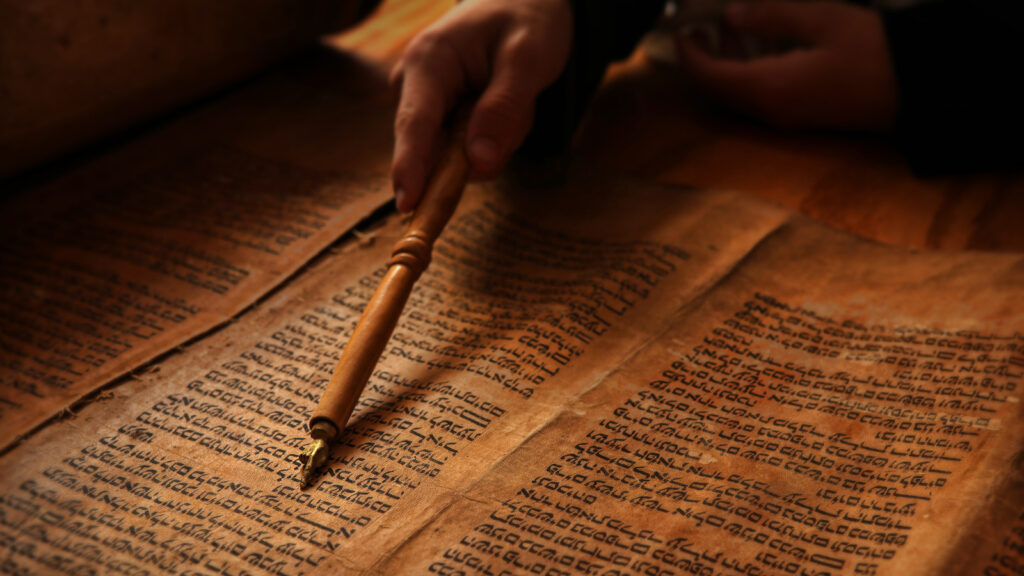

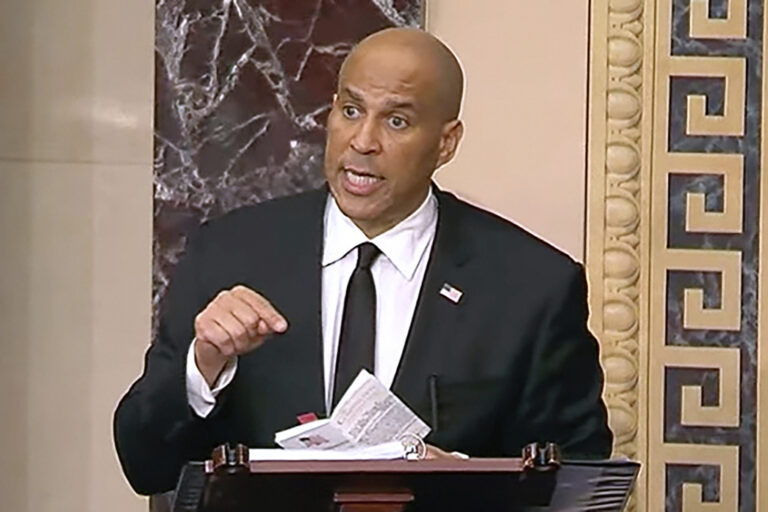
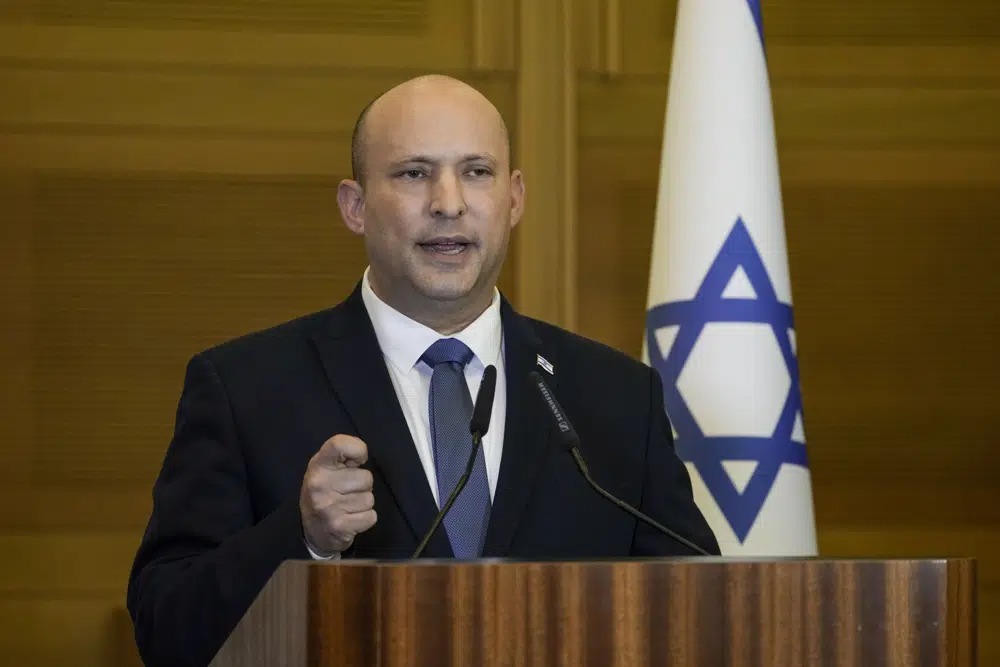
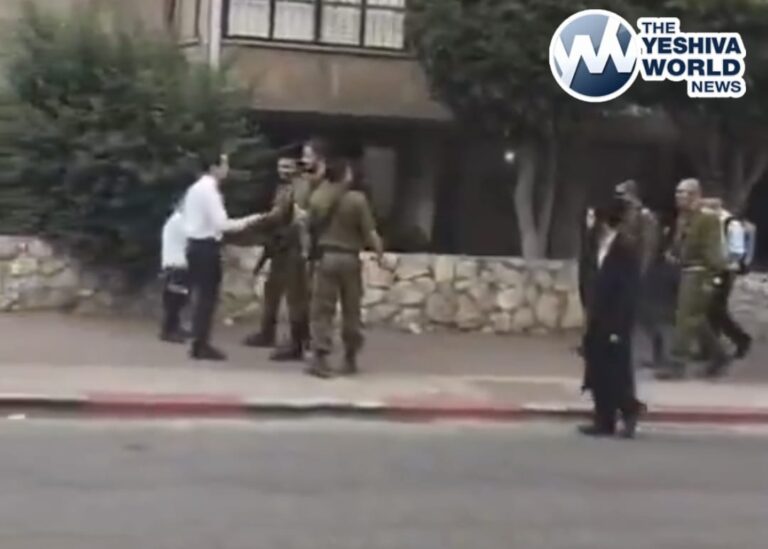
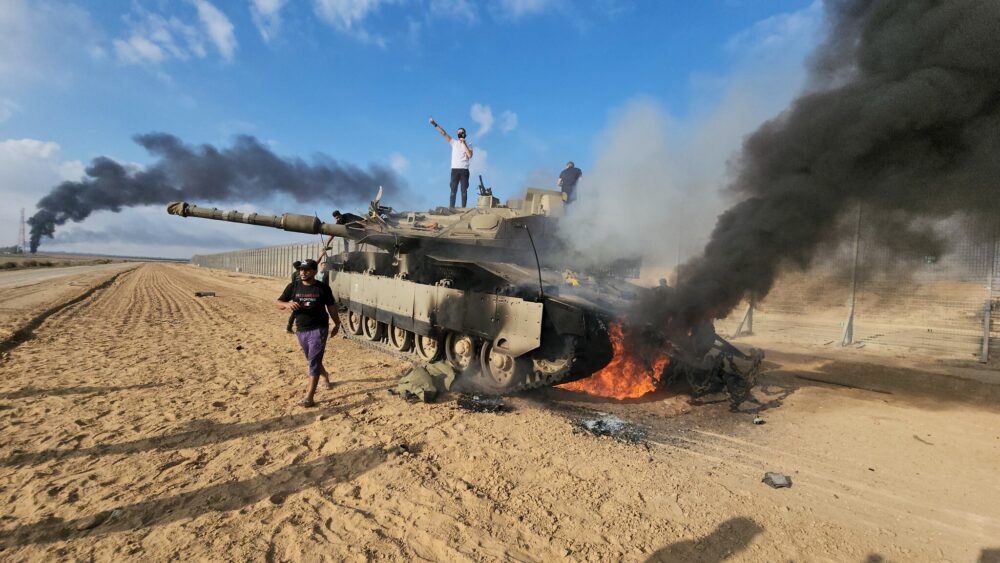

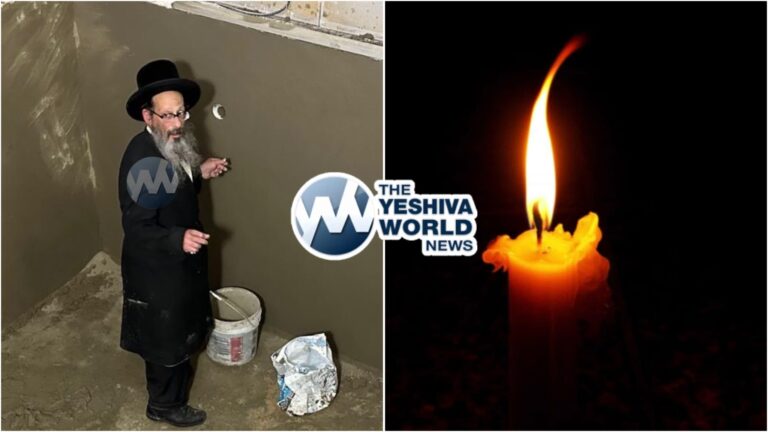
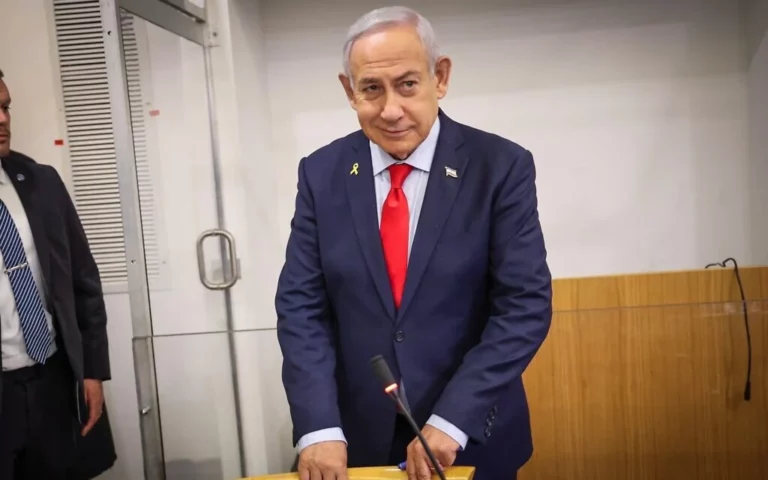
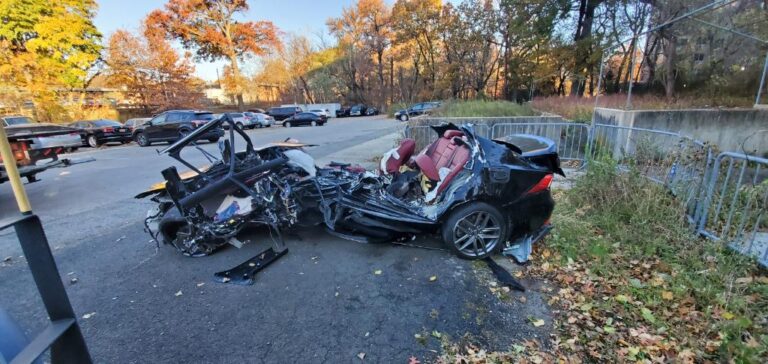
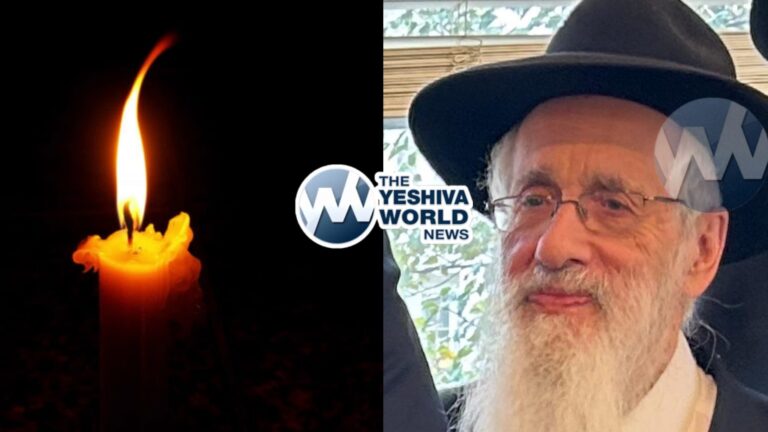
One Response
A book published by MossadhaRav Kook by Avraham Ya’ari gives the complete history of this holiday established almost entirely outside Eretz Yisroel and later integrated back into SA in EY. note that EY had a 3+ year cycle for some time and an annual reading of ve’zot ha’berachah to complete the Torah reading cycle would not be necessary.
another summary is on the lehrhaus by prof. chaim saimon.
note that the Geonim mentioned were from the last century or so of a geonic period that began about two centuries earlier. the reference to the Zohar comes with the caution already apparent to Rav Yaacov Emden and anyone who can recognize differences in various Aramaic dialects.